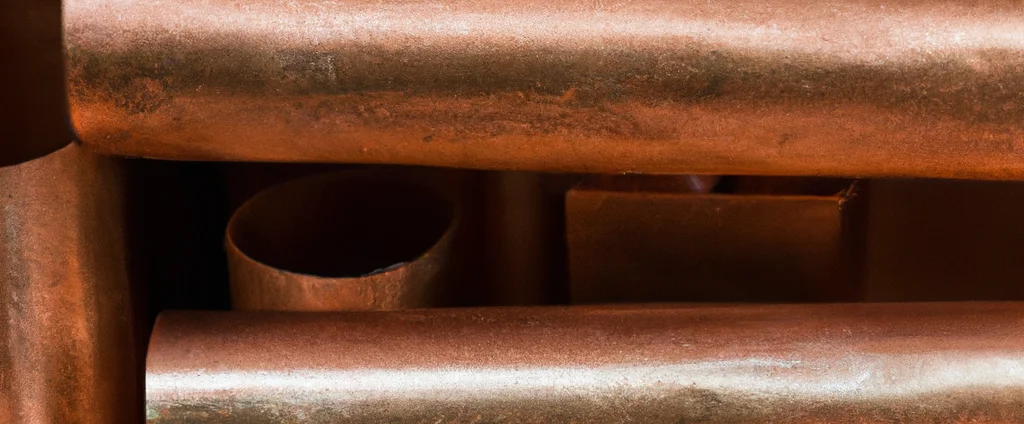Naval Brass (UNS C48500)

Naval brass C48500 is a high-performance copper-zinc alloy renowned for its exceptional seawater corrosion resistance, machinability, and strength. It is widely used in marine, industrial, and plumbing applications.
| Chemical Composition | ||
|---|---|---|
| Element | Min | Max |
| Copper | 59.0% | 62.0% |
| Iron | —— | 0.1% |
| Lead | 1.3% | 2.2% |
| Tin | 0.5% | 1.0% |
| Zinc | —— | Remainder |
The following table provides a list of brass C48500 properties in both SI and US customary/Imperial units.
Click on the button to switch between Metric and Imperial units.
| Physical Properties | Metric |
|---|---|
| Density | 8440 kg/m3 |
| Mechanical Properties | Metric |
| Tensile Strength (Ultimate) | 380 - 530 MPa |
| Tensile Strength (Yield) | 170 - 360 MPa |
| Shear Strength | 250 - 300 MPa |
| Young’s Modulus (E) | 100 GPa |
| Shear Modulus (G) | 39 GPa |
| Elongation at Break | 15 - 40% |
| Poisson’s Ratio (ν) | 0.34 |
| Thermal Properties | Metric |
| Melting Point | 885 - 900 °C |
| Thermal Conductivity | 116 W/m·K |
| Specific Heat Capacity (Cp) | 380 J/kg·K |
| Coefficient of Thermal Expansion (αL) | 2.12×10-5 1/°C |
| Electrical Properties | Metric |
| Electrical Conductivity | 1.58×107 S/m |
The values in this table are approximate and can vary depending on various factors such as the specific manufacturing process and heat treatment applied to the alloy.
Advantages & Disadvantages of Naval Brass C48500
| Advantages | Disadvantages |
|---|---|
| Excellent corrosion resistance | High cost |
| High strength | Lead content |
| Good malleability and formability | Brittleness |
| Anti-fouling properties |
Applications of Naval Brass C48500
Naval Brass C48500 finds applications in various industries due to its specific properties and characteristics. Key applications include:
- Marine Applications: Extensively used in marine environments due to its excellent resistance to corrosion in seawater. Used for the construction of ship hulls, propellers, valves, fittings, marine hardware, and other components exposed to saltwater.
- Industrial Applications: The high strength and corrosion resistance make it suitable for various industrial applications. Used in valves, pump components, heat exchangers, condenser tubes, fasteners, and fittings that come into contact with corrosive fluids.
- Electrical Connectors: Utilized in electrical connectors and terminals due to its good electrical conductivity and resistance to corrosion. Commonly used in electrical and electronic equipment, including connectors, switches, terminals, and connectors for marine and outdoor applications.
- Musical Instruments: Brass instruments, such as trumpets, trombones, and tubas, often use this alloy for their construction. It provides a balance of strength, durability, and resonance required for producing quality sound in brass instruments.
- Plumbing and Fittings: Due to its corrosion resistance and ease of fabrication, it is utilized in plumbing fittings, faucets, and valves. Commonly used in both residential and commercial plumbing systems.
- Fasteners and Bolts: Often employed for fasteners, bolts, and nuts that require good strength and corrosion resistance in various industries, including marine, oil and gas, and industrial sectors.
